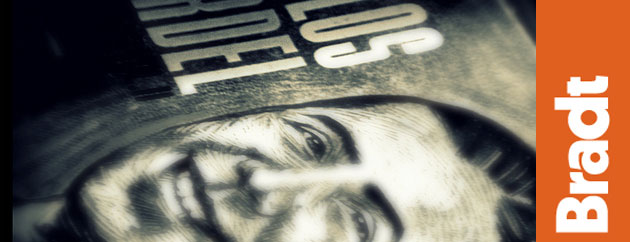
Guide to Argentinian Music
15 November, 2011Tango musicians and writers have legendary status in Argentina. The most acclaimed tango composers are Osvaldo Pugliese (1905–95) and Astor Piazzolla (1921–92). The former recorded the most famous traditional tangos, while Piazzolla went on to contemporise the music, adding elements of jazz and classical music, and is considered the most important composer of symphonic tango. Singer Carlos Gardel (1890–1935) found fame during the era of radio and film that established him as a symbol of the tango. He was killed in a plane crash but remains more popular than ever; there is a saying that his singing gets better and better. Current stars include singer Adriana Varela, bandoneón virtuosi Julio Pane and Rodolfo Mederos, and pianists Juan Carlos Caceres, Pablo Ziegler and Sonia Possetti.
Music
Tango: It was born in the port ghetto of La Boca when the music of the poor Italian and Spanish immigrants blended with the primal rhythms of the Afro-Argentines. The instruments were impromptu, but most often included handmade drums and flutes, immigrant violins and perhaps a smuggled or bartered piano. The angst of the immigrant was expressed in poetry and song as most folk music rises from roots in the poor or lower classes – the music of ‘the people’. The tango has evolved over the past couple of centuries since its first humble notes, first bold steps, but it has remained fiercely devoted to recognising its origins. The earliest residents of La Boca were immigrant men, and crime was fostered by the desperate economic situation of this mud-banked port where Spanish ships rarely docked. The tango was originally a dance for men, somewhat influenced by the mannerisms and foot patterns of Spanish and Italian folk dances. It was expressed in movements of bravado, and when two men danced together it was in semblance of a duel. This expression of the tango, the dance, music and songs, began to establish itself in the subculture of this community. As the port and the community grew and social establishments arose, mostly bars and brothels, women were brought into the dance, as were the taboos. Prostitutes were the first dance partners and the interaction between the man and the woman was about seduction and sex. Movements were minimal but intense. Contact was close and suggestive and every gesture and glance of the eyes, or proximity of the face, was significant. Indeed, even the request to dance was made, as is still the etiquette today, by making eye contact from a distance and wordlessly meeting together on the dance floor.
The upper class remained hostile and regarded the tango as scandalous. It was not until it made its way back to the Old World and into the Parisian dance halls that the tango was reintroduced to Buenos Aires as a sophisticated adolescent unable to refrain from expressing itself. The tango is now experiencing a renaissance and more and more tango halls are opening up, not only in Buenos Aires but also in many parts of the country where tango was never a part of the culture. It is a simple eight-step in its basic form but elaborated upon by variation and ornamentation (lunges, leaps, turns, kicks, etc). Those who dance the tango suffer from the same zeal as those who study classical forms of dance, art and music: one is never considered to have achieved perfection but must continuously strive for an unattainable aspiration.
Folk music: Although the tango has taken the limelight of Argentine dance, in many parts of the country it is not present and the traditional folk dance is much more pervasive. Especially in the northwest, folk dance can be seen at weekend markets with live music and in restaurants and bars at night. One of the most popular is the bailecito, which is danced with the waving of handkerchiefs. Some of the folk music, song and dance is influenced by the cultures of Peru and Bolivia, namely the carnavalito dance, in the adjacent regions of Argentina; others evolved from a Creole base, such as the zamba, particularly within the gaucho culture.
This is an edited extract taken from the Bradt guide, Argentina by Erin McCloskey (2nd edition, 2011). You can buy the book from Amazon.
Follow Sounds and Colours: Facebook / Twitter / Instagram / Mixcloud / Soundcloud / Bandcamp
Subscribe to the Sounds and Colours Newsletter for regular updates, news and competitions bringing the best of Latin American culture direct to your Inbox.

